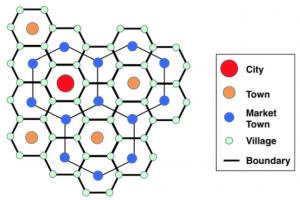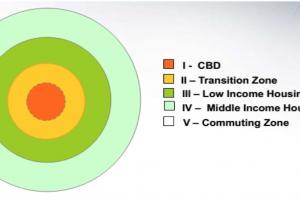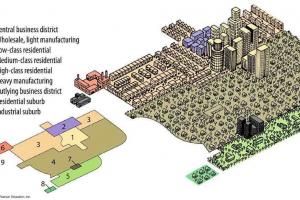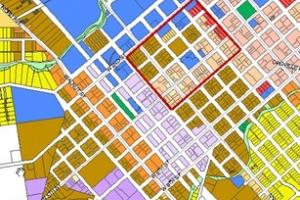What is Zoning in Urban Town Planning
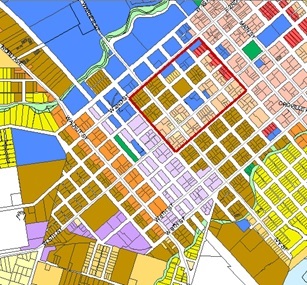
What is Zoning?
Zoning is the way the govt controls the physical development of land & the kinds of use for each individual property may be put. Zoning laws typically specify the area in which residential, industrial, recreational, or commercial activities may take place.
Zoning has been adopted by most countries of the world such as Germany, England, America, Russia, Japan, Pakistan etc. In 1916 first zoning in New York was carried out.
Uses of land
The use of land in town planning can broadly be classified into the following two categories
- Profit making use
- Non-profit making use
1. Profit-making use
The land is developed with profit-making motives e.g. sites developed for offices, residences, industries, etc.
2. Nonprofit making use
The land is developed without any motive of making a profit It includes roads, parks, playgrounds, educational buildings, and government offices. The main nonprofit making use of urban areas will naturally be the roads.
Objectives
The objects or purposes of zoning are as follows.
- The town planner gets ample opportunities for designing the future growth & development of the town.
- Zoning serves as a main tool for the town planner to achieve his goal
- Zoning affords proper coordination of various public amenities, such as transport facilities, water supply, drainage, electric power, etc
- Zoning proves to be an effective instrument in case of any review or modification in order to make town planning schemes more effective & successful.
Advantages of Zoning
- Danger from fire
- Future development
- Modification, revision of the plan
- General amenities
- Health of community
- Population distribution (horizontal & vertical growth)
- Public utility services
What Does Zoning Regulate?
Use: Activities permitted within the zone
Bulk: envelope in which building must fit—specified through setbacks, building coverage, building heights, floor area ratio (ratio of building to lot square footage)
Performance/impact: performance standards, or impacts a building is allowed to produce; the biggest example is parking space.
Zoning may include regulation of the kinds of activities that will be acceptable on particular lots (such as open space, residential, agricultural, commercial, or industrial), the densities at which those activities can be performed (from low-density housing such as single-family homes to high-density such as high-rise apartment buildings), the height of buildings, the amount of space structures may occupy, the location of a building on the lot (setbacks), the proportions of the types of space on a lot, such as how much-landscaped space, impervious surface, traffic lanes, and parking must be provided
Zoning may include regulation of the kinds of activities that will be acceptable on particular lots (such as open space, residential, agricultural, commercial, or industrial), the densities at which those activities can be performed (from low-density housing such as single-family homes to high-density such as high-rise apartment buildings), the height of buildings, the amount of space structures may occupy, the location of a building on the lot (setbacks), the proportions of the types of space on a lot, such as how much-landscaped space, impervious surface, traffic lanes, and parking must be provided.
Categories in Zoning
Basically, urban zones fall into one of five major categories: residential, mixed residential-commercial, commercial, industrial, and special (e. g. power plants, sports complexes, airports, shopping malls, etc.).
Each category can have a number of sub-categories, for example, within the commercial category there may be separate zones for small-retail, large retail, office use, lodging, and others, while industrial may be subdivided into heavy manufacturing, light assembly, and warehouse uses.




